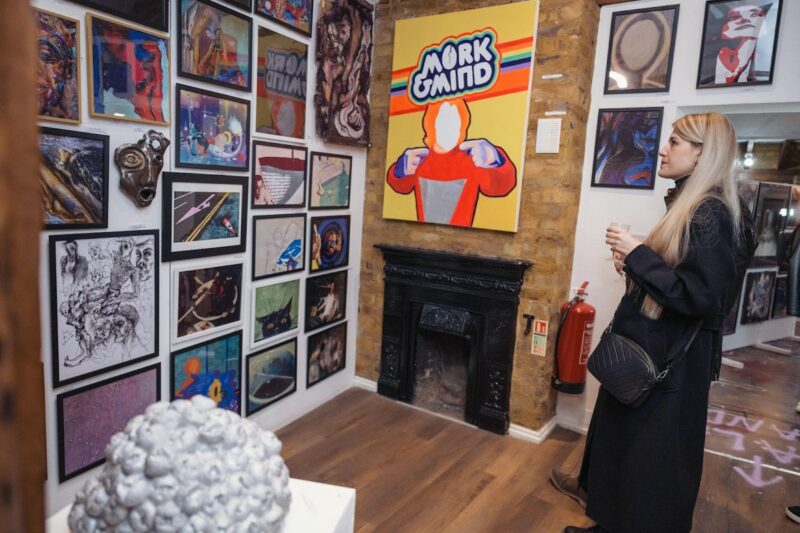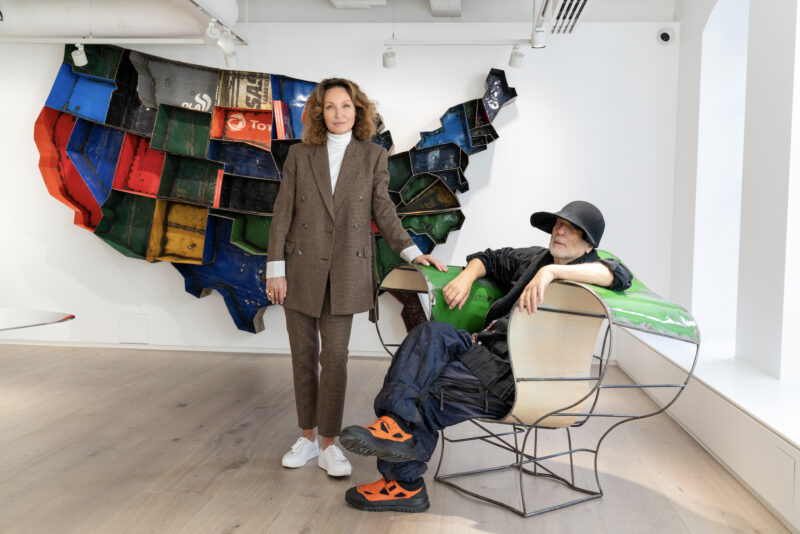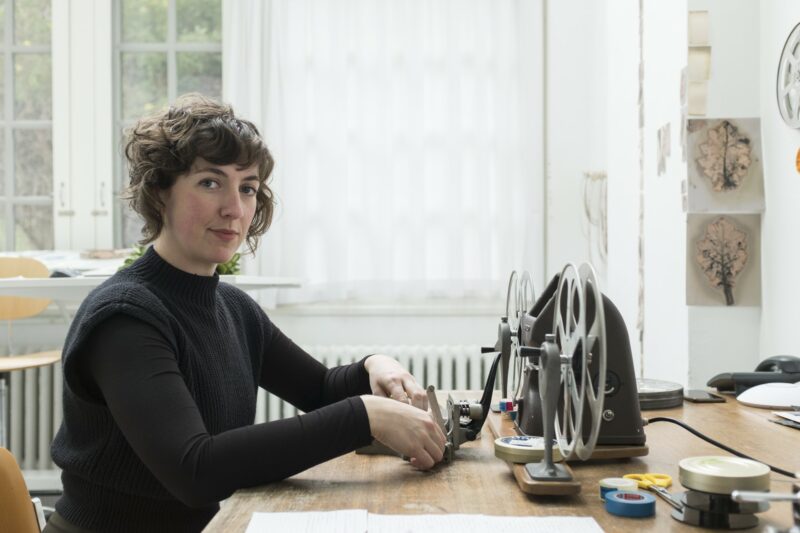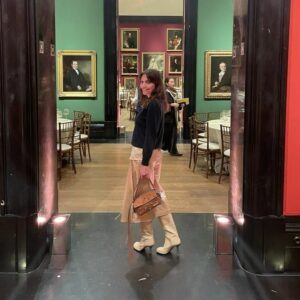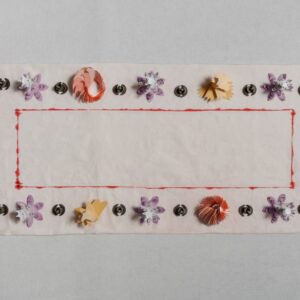
The Museum of Modern Art presents Ron Arad: No Discipline, the first major U.S. retrospective of Arad’s work. Among the most influential designers of our time, Arad (British, b. Israel 1951) stands out for his daredevil curiosity about form, structure, technology, and materials and for the versatile nature of his work, which spans industrial design, hand-crafted studio pieces, sculpture, architecture, and mixed media installations. Arad’s relentless experimentation with the use of materials of all kinds—from steel, aluminum, and bronze, to thermoplastics, crystals, fiberoptics, and LEDs—as well as his radical reinterpretation of some of the most established archetypes in furniture—from armchairs and rocking chairs to desk lamps and chandeliers—has put him at the forefront of contemporary design. The exhibition will feature approximately 140 works, including design objects, architectural models, and videos.
Most of the objects featured in the exhibition will be displayed in a monumental structure specially designed by Arad and developed with Michael Castellana from Ron Arad Associates, and loaned to this exhibition. Cage sans Frontières (Cage Without Frontiers) is a Corten steel structure—126.5 feet (38.5 meters) long, spanning the whole length of the Museum’s International Council gallery, and over 16 feet (5 meters) tall—in the shape of a figure eight. The structure consists of 240 cells that are each lined with stainless steel. The dramatic installation will rely on its scale and on the reflectivity of the inner walls of the cells to create a ricocheting effect that will be tamed and contained by the regular rhythm of the Cage sans Frontières’s geometry.
The exhibition celebrates Arad’s spirit by combining industrial design, one-off pieces, architecture, and architectural installation. Objects are grouped in families whose common thread is the exploration, sometimes over years, of a form, a material, a technique, or a structural idea, such as the exploration of elasticity and surprise that began with the Well Tempered Chair (1986) — a chair made of 4 sprung sheets of steel held together by wing-nuts that come together to suggest the archetypical shape of an armchair. Another example is the Volumes series (1988), which comprises, among others, his renowned Big Easy (1988) and its various iterations, among them the Soft Big Easy (1990) and the painted fiberglass New Orleans (1999), or the more recent Bodyguards series (2008), in which the same initial shape in blown aluminum is differently intersected by imaginary planes and cut to reveal ever-changing personalities, from a rocking chair to a stern bodyguard-like sculpture.
The exhibition will feature Arad’s most celebrated historical pieces, including the Rover Chair (1981), the Concrete Stereo (1983), and the Bookworm bookshelves (1993), along with more recent experiments such as the lamp PizzaKobra (2008) and the latest reincarnation of the Volumes series, the armchair duo Even the Odd Balls? (2009).
Over the past 25 years, ever since he founded his studio together with long-time professional partner Caroline Thorman, Arad has produced an outstanding array of innovative objects, spanning from limited editions to almost unlimited series, from carbon fiber armchairs to polyurethane bottle racks. A designer and an architect, trained at the Bezalel Academy of Art in Jerusalem and at London’s Architectural Association, he has also designed memorable spaces, some plastic and tactile, others digital and ethereal. A few notable examples are the lobby of the Tel Aviv Opera House (1994-98), Yohji Yamamoto’s showroom in Tokyo (2003), and the Holon Design Museum, currently under construction, which will be represented in the exhibition with models and videos.
To give life to his ideas, Arad relies on the computer’s computational latitude as much as on his own exquisite drafting skills, and on the most advanced automated manufacturing techniques as well as on the soldering apparatus in his collaborators’ metal workshops. Often, his works are combinations of high and low technologies, such as his Lolita chandelier for Swarovski, a lovingly crafted crystal chandelier that can receive and display text messages. Idiosyncratic and surprising, and also very beautiful, Arad’s designs communicate the joy of invention, pleasure and humor, and pride in the display of their technical and constructive skills. Via (ARTDaily)

